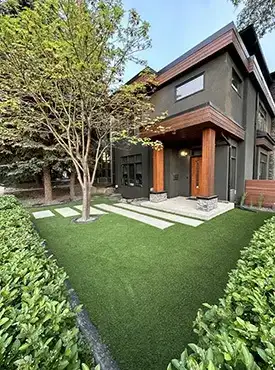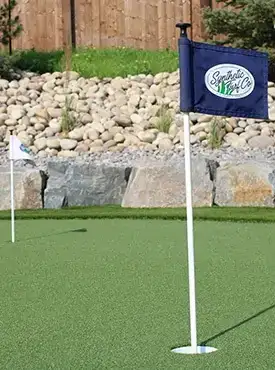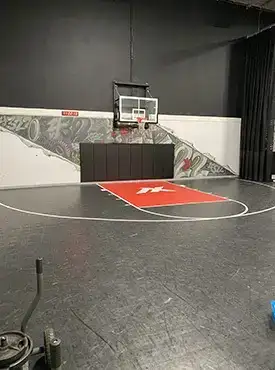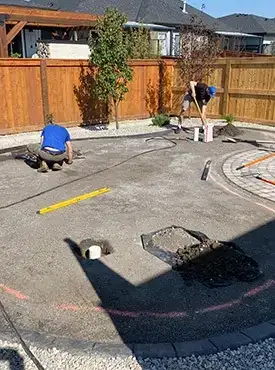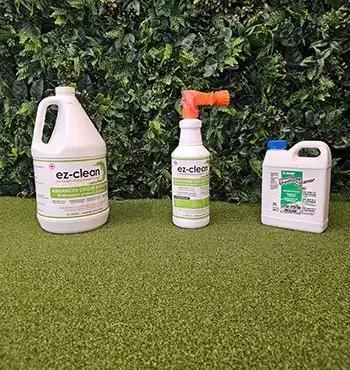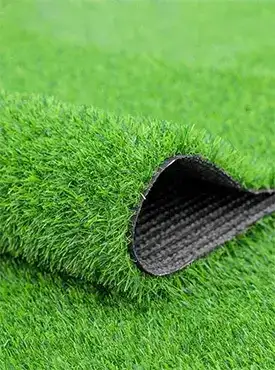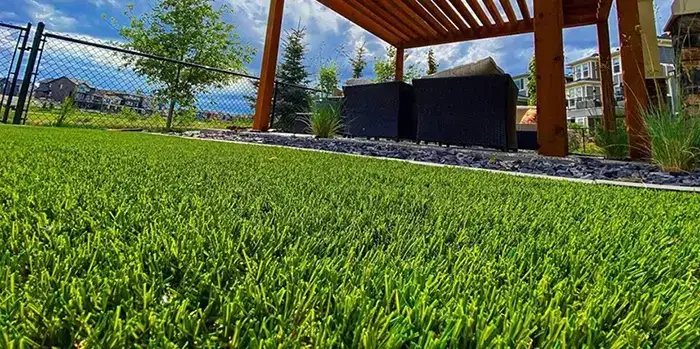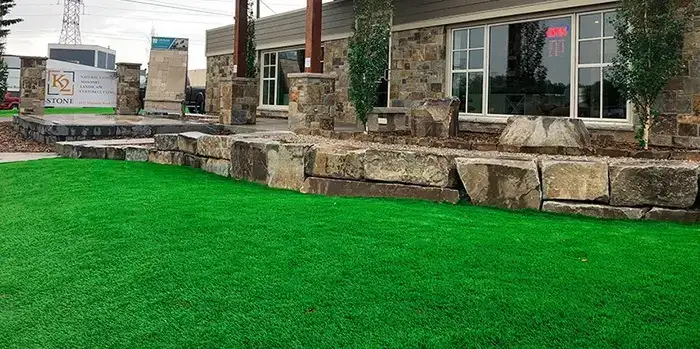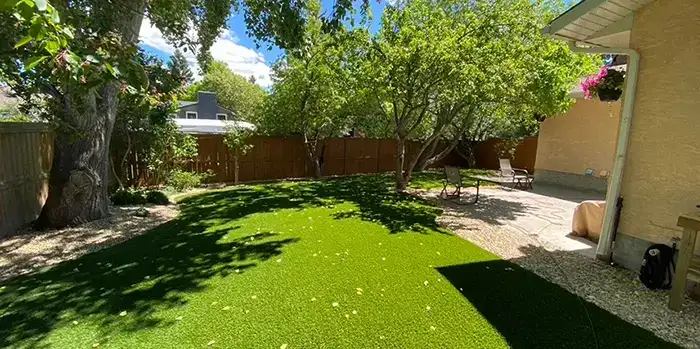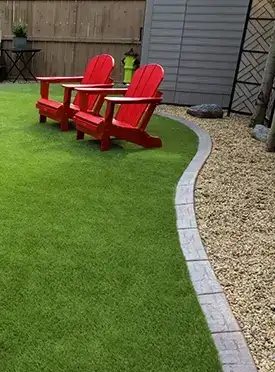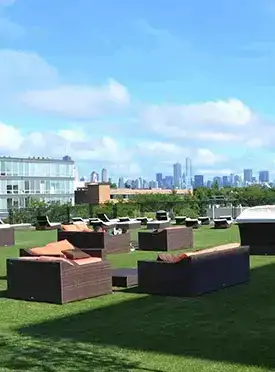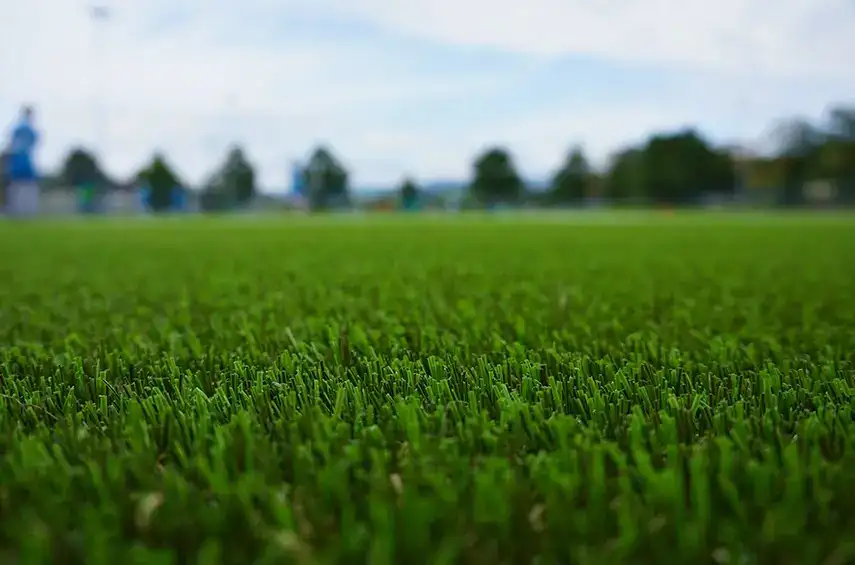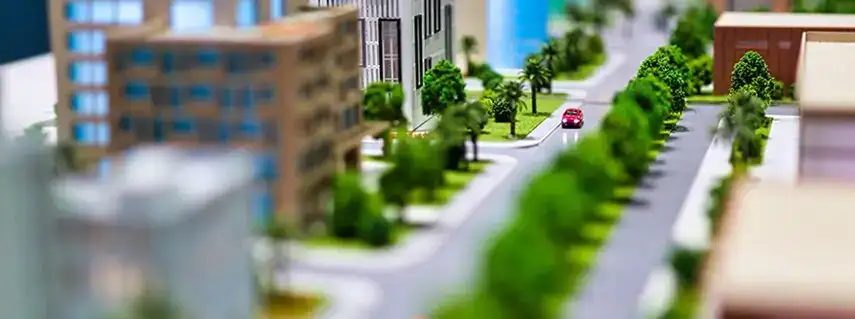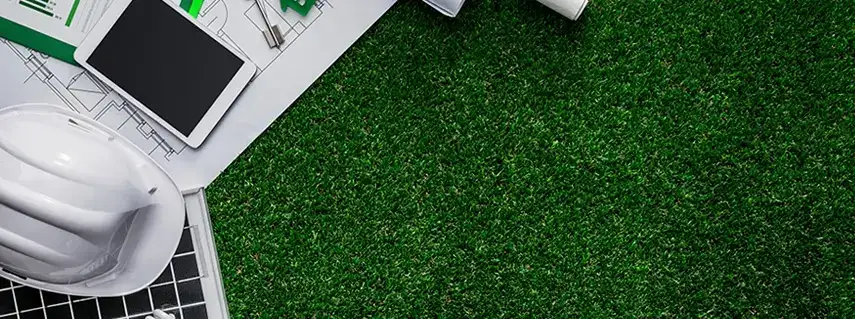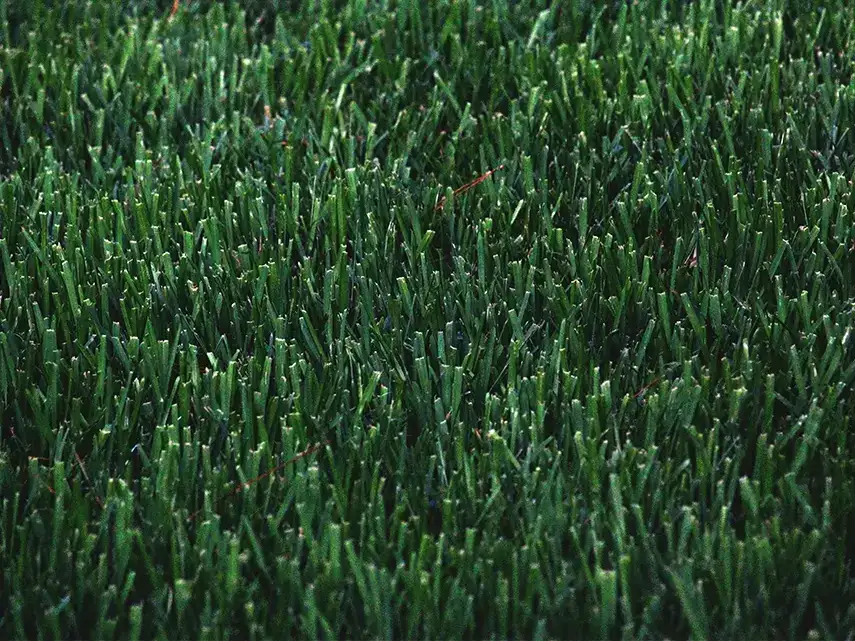Preparing for Allergy Season: How Artificial Grass Keeps Pollen at Bay
Posted by The Synthetic Turf Co. on 1st Apr 2025
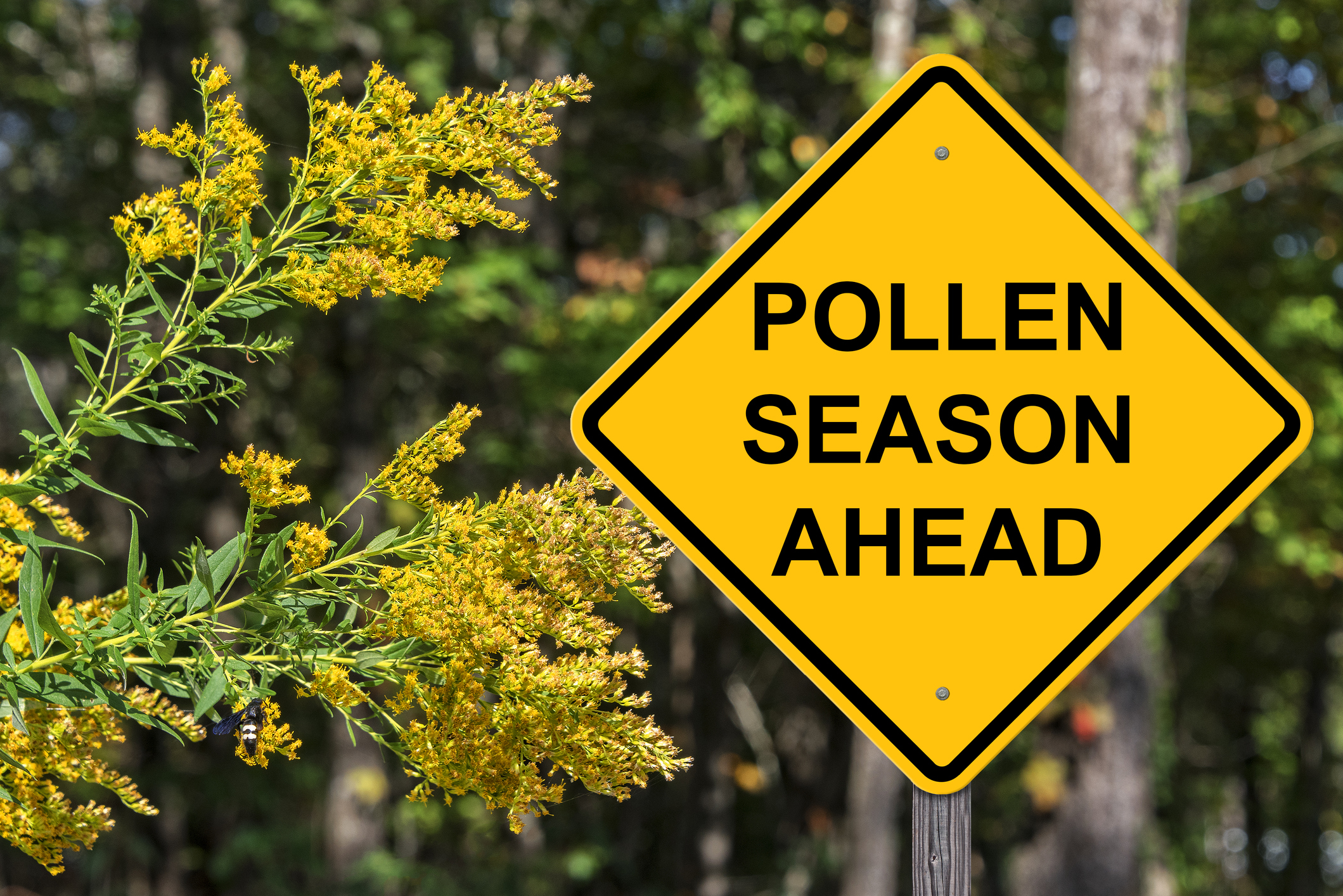
Spring is a beautiful season in Calgary, but for allergy sufferers, it often comes with relentless sneezing, itchy eyes, and difficulty enjoying the outdoors. With pollen levels rising each spring, many are searching for ways to make their outdoor spaces more comfortable and allergy-friendly. Enter artificial grass — a practical, low-maintenance solution that not only enhances your yard’s appearance but also significantly reduces allergen exposure. Learn how artificial grass can help you breathe easier and enjoy spring without the usual allergy woes in a consultation with The Synthetic Turf Co. today!
Pollen-Free Outdoor Spaces
One of the primary advantages of artificial grass is its ability to create a pollen-free zone. Unlike natural grass, which releases allergenic pollen into the air, artificial grass is made from synthetic fibers that produce no pollen. This means your lawn won’t contribute to the allergy triggers that make spring so miserable for many.
Natural grass varieties are some of the biggest culprits when it comes to pollen production, filling the air with microscopic particles that easily find their way into your nose and lungs. By replacing natural grass with artificial turf, you significantly cut down on pollen in your immediate environment, creating a more enjoyable and comfortable outdoor experience. Allergy sufferers can finally enjoy outdoor picnics, playtime with kids, or simply relaxing in the yard without the constant fear of an allergy attack.
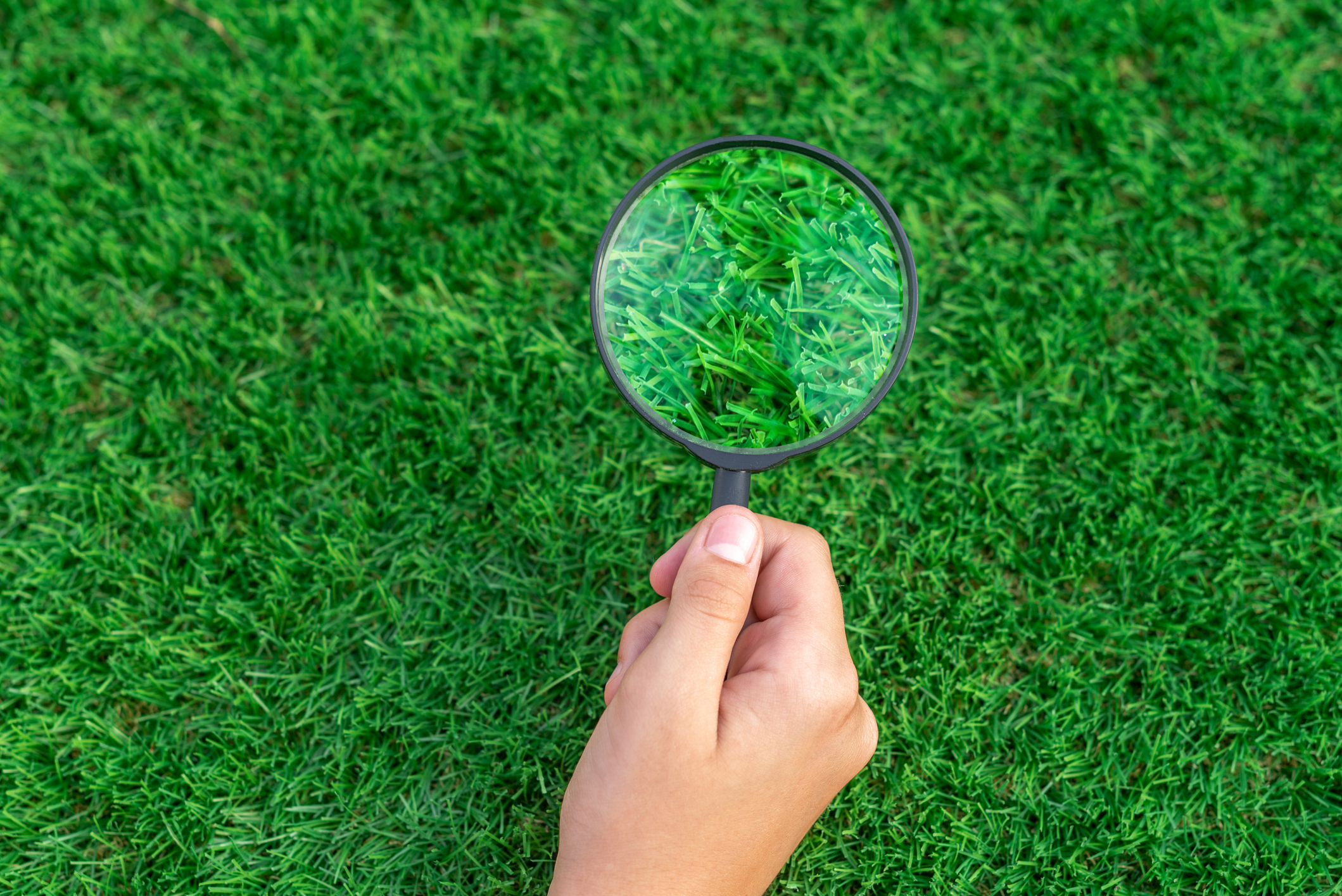
Less Soil Disturbance and Dust Control
Beyond pollen, other common allergens such as dust and soil particles can also aggravate allergies. Natural lawns can stir up dust and soil allergens whenever they are disturbed, whether by wind, lawn maintenance, or foot traffic. Artificial grass provides a solid, stable covering over the soil, minimizing the movement of these airborne irritants.
This feature is especially beneficial for those who suffer from both pollen and dust allergies. By reducing soil exposure, artificial grass limits the amount of dust that gets kicked up into the air, providing a cleaner, allergy-friendly environment. The difference can be particularly noticeable on windy days, when natural lawns often become a nightmare for allergy sufferers.
Pet Owners Benefit Too
Pet owners face a unique set of challenges when it comes to allergies. Dogs and cats that romp through natural grass can carry pollen particles on their fur and paws, bringing these allergens indoors and exacerbating symptoms for their human companions. With artificial grass, you reduce the pollen exposure that your pets pick up during outdoor play.
Artificial turf not only minimizes pollen transfer but also makes it easier to maintain a clean and pet-friendly environment. Many artificial grass products even come with antimicrobial technology, such as Microban, which helps keep the surface sanitary and safe for both pets and humans. This is a win-win for allergy sufferers who want to keep both their pets happy and their homes free from outdoor allergens.

Lower Maintenance, Fewer Irritants
One of the greatest aspects of artificial grass is its low maintenance requirements, which also translates to fewer allergens. Mowing a traditional lawn can be a major trigger for allergies. The action of cutting grass releases pollen and other irritants into the air, leaving allergy sufferers with a wave of symptoms. With artificial turf, you can eliminate this problem entirely because there is no need for mowing.
Additionally, lawn care activities like weed pulling, fertilizing, and raking often kick up pollen and irritants. Artificial grass doesn’t require any of these maintenance tasks, reducing your exposure to allergy triggers. The result is a lush, green lawn that stays beautiful with minimal effort and no adverse effects on your sinuses.
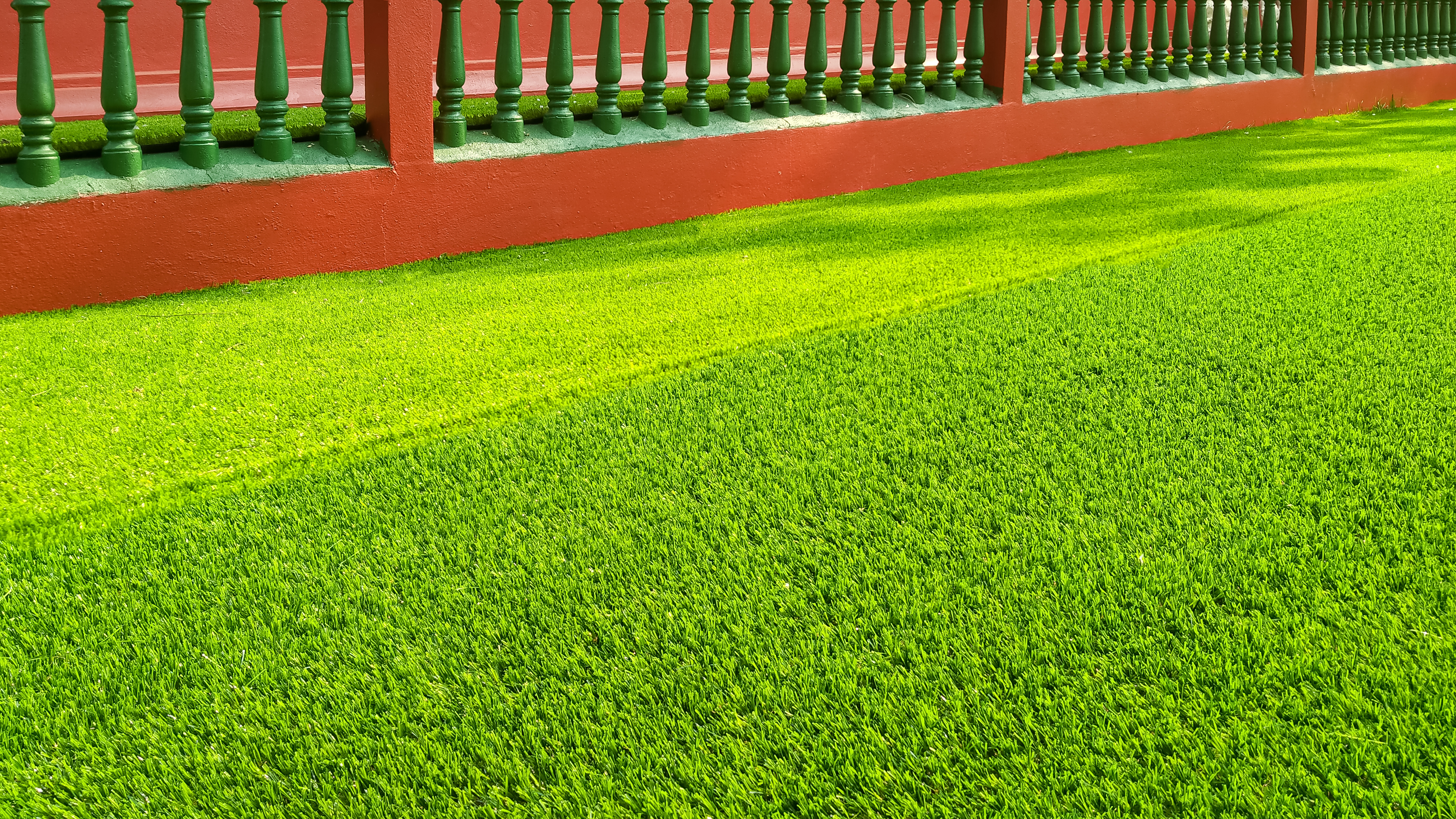
Enhances Allergy-Safe Landscapes
For an even more allergy-friendly outdoor space, consider combining artificial grass with allergy-safe plants. Many plants and flowers are known for being low-pollen and less likely to trigger allergies. Examples include lavender, hostas, and ferns, which can be strategically incorporated into your garden design. Creating a mixed landscape with artificial grass and these allergy-friendly plants enhances your yard’s beauty while keeping it comfortable for allergy sufferers.
This approach allows you to enjoy a lush, green environment without sacrificing your health. An allergy-safe landscape means more time spent outside in the fresh spring air, minus the unpleasant symptoms that usually accompany the season.

A Breath of Fresh Air with Artificial Grass
Allergy season doesn’t have to be a time of misery and avoidance. Artificial grass offers a practical, allergy-reducing solution that helps you reclaim your outdoor spaces during Calgary’s pollen-heavy spring months. By cutting down on allergens like pollen and dust, minimizing pet-related triggers, and reducing maintenance-related irritants, artificial grass transforms your yard into a haven for health and relaxation. Want to learn more about allergy-friendly landscaping options? Contact The Synthetic Turf Co. today and discover how artificial grass can improve your quality of life this spring.
